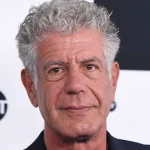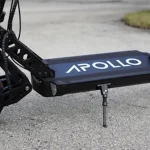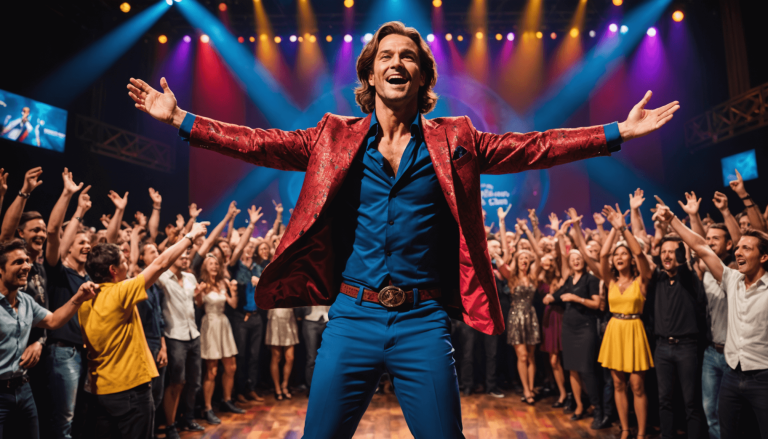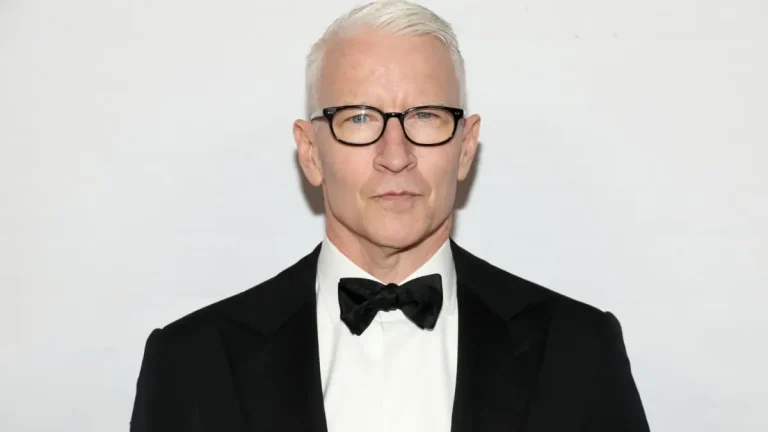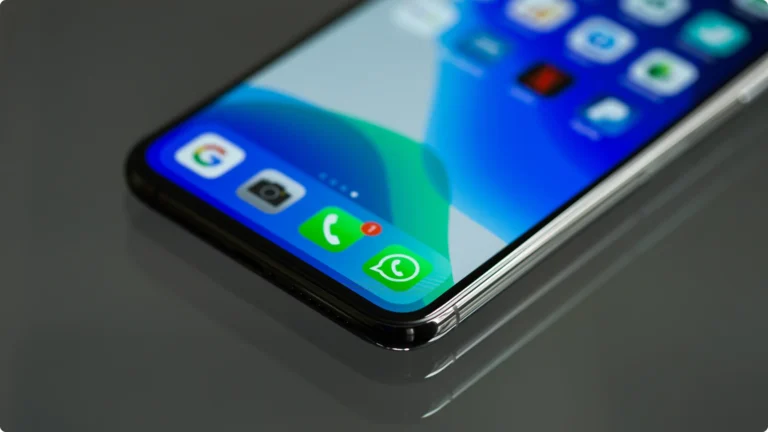The College That Shaped Aaron Hernandez’s Football Career Aaron Hernandez’s name still sparks heated conversations, both for his standout football career and tragic fall from grace. But before the headlines and courtrooms, it all started at the University of Florida. So if you’ve ever asked, where did Aaron Hernandez go to college, the answer unlocks …
The College That Shaped Aaron Hernandez’s Football Career

The College That Shaped Aaron Hernandez’s Football Career
Aaron Hernandez’s name still sparks heated conversations, both for his standout football career and tragic fall from grace. But before the headlines and courtrooms, it all started at the University of Florida. So if you’ve ever asked, where did Aaron Hernandez go to college, the answer unlocks a storm of potential, pressure, and what-ifs.
He joined the Florida Gators football team at just 17. Young, bold, and ridiculously talented, he made his debut in 2007 and quickly proved he wasn’t just another kid with dreams — he was the real deal. His time at UF was filled with game-day wins and jaw-dropping stats. But there was also a darker undercurrent.
As we peel back the layers of his college experience, we’re diving into what shaped Aaron Hernandez as both a player and a person. This isn’t just a story about touchdowns and trophies — it’s also about the gritty reality hiding behind the scoreboard.
Introduction To Aaron Hernandez’s College Journey
When you’re talking about standout college football stars, Aaron Hernandez’s name is always in the mix. He made headlines early by enrolling at the University of Florida in January 2007 — skipping prom and senior spring to get a jumpstart on college ball.
Recruited by Urban Meyer, the buzz around Hernandez was huge. And he didn’t disappoint. With his rare combo of size, speed, and agility, he quickly became one of the Gators’ secret weapons on offense. He didn’t just play the tight end role — he redefined it.
But while fans were cheering, red flags were already flapping. His college years were packed with big wins and major plays, but also discipline issues, controversy, and legal problems. His story is a wild mix of brilliance and breakdown — making it impossible to ignore the tension between raw talent and real-life distractions.
And that’s the thing. For Hernandez, college wasn’t just about football. It was also where his dual persona really took hold — the unstoppable athlete… and the young man hiding chaos.
Aaron Hernandez’s Academic Background
You’d assume a top-performing football recruit like Hernandez cruised through school, right? That wasn’t the case. After committing to Florida, he had to take remedial courses at Santa Fe Community College before he could even suit up for the Gators. He was academically ineligible straight out of high school — something coaches tried to fix fast to get him field-ready.
To be fair, the focus wasn’t on books. Everyone knew his ticket was his physical dominance on the field. Inside the locker room, he was respected. Outside the classroom, not so much. His academic record became part of the ongoing debate about college athletics — especially when you’re pushed toward the NFL draft more than a diploma.
- Enrolled at UF at just 17
- Required remedial coursework to meet eligibility
- Focused heavily on football development
Still, mentors like Urban Meyer and teammates like Tim Tebow tried to steer him straight. There were efforts to help him stay focused — structured schedules, accountability check-ins — but none of it really stuck. Hernandez, despite the support, often drifted toward Gainesville’s late-night scene more than any lecture hall.
So yeah, academically, it was all turbulent energy. Football was the foundation—everything else was just noise in the background.
College Records And Athletic Achievements
On the field, Aaron Hernandez was a machine. Between 2007 and 2009, he racked up 111 receptions, 1,382 yards, and 12 touchdowns as a tight end. That’s not just good — it’s record-shattering. He still holds the single-season and career records at UF for tight end receptions.
Let’s look at what made him elite:
| Season | Receptions | Yards | Touchdowns |
|---|---|---|---|
| 2007 | 9 | 151 | 2 |
| 2008 | 34 | 381 | 5 |
| 2009 | 68 | 850 | 5 |
His 2009 season was especially insane. He led the Gators in receptions and took home the John Mackey Award, handed to the best tight end in the nation. No Gator had ever earned that before him. That season alone made NFL scouts take notice.
Then there was the National Championship — 2008’s victory solidified him as a real contributor on a championship-caliber team. These weren’t fluke stats. He was consistent, explosive, and clutch.
But it wasn’t all shine. In 2007, he was involved in a bar fight where he reportedly punched a bouncer and damaged the guy’s eardrum. That was just one part of ongoing investigations into his behavior. A source inside the team recalled how unpredictable he became, often using marijuana and clashing with authority.
His numbers may still live in the record books, but his reputation? That’s complicated. Even the university itself later tried to scrub his name from public honor — removing commemorative bricks and distancing itself after his NFL-era legal troubles.
The Impact Of Collegiate Football Stardom
Collegiate stardom comes at a high cost — and Hernandez carried that weight from day one. With the spotlight came expectations, and with expectations came pressure he couldn’t shake.
On game days, he was unstoppable. Off the field, it was another story. Parties, legal issues, emotional isolation — it all blended into a storm he seemed unequipped to navigate. It’s the kind of intense lifestyle many athletes enter unprepared, especially when everyone around them just wants the next touchdown.
Things only got heavier as he became more famous. Coaches needed him, fans loved him, and agents watched like hawks. But who was checking in on Aaron — the person, not the player?
That contrast is what still hits hard. The same campus that gave him the arena to rise also masked the signs of real trouble. Collegiate success put him in the limelight… but it also became the place where the cracks first started to show.
The Intersection of Aaron Hernandez’s Legacy and Sports Technology
Sports History Through Hernandez’s Career Lens
Where did Aaron Hernandez go to college? The answer—University of Florida—unlocks more than just a school name. It opens a chapter in sports history that’s hard to forget. Hernandez’s time with the Florida Gators from 2007 to 2009 was a whirlwind of record-breaking performances, locker room buzz, and off-field chaos that sports fans and analysts can’t seem to look away from.
Collegiate athletics have changed a lot since Hernandez scored his 68-reception season. Back then, mental health wasn’t part of the regular locker room conversation. Today? Coaches and athletic departments are integrating therapy, emotional support, and even mindfulness training to ensure athletes don’t just play well—they stay well.
Rules surrounding student-athlete conduct, recruitment transparency, and academic pressure are also stricter now. Schools are under more scrutiny, and programs are being held accountable for what happens after practice ends. Hernandez’s time serves as a before-and-after marker—a reminder of how far college sports have come and how much farther there’s still to go when it comes to protecting young athletes’ futures.
The Intersection of Sports and Technology
Hernandez’s versatility on the field—blocking like a lineman, catching like a wide receiver—would be a data analyst’s dream in today’s tech-hungry sports industry. In 2025, nearly every collegiate program uses AI and performance analytics to break down every move a player makes. It’s not just about raw stats anymore; it’s about micro-movements, spatial awareness, and predictive modeling.
Think about how AI platforms can now analyze how a tight end runs routes under pressure, compare that with historical playbooks, and then offer personalized video breakdowns. This isn’t fantasy talk—it’s real tech fueling NCAA football strategies.
The way fans consume the sport has transformed too. What used to be just a Saturday afternoon ritual now lives in real-time on apps, with heat maps, live commentary, and instant player data. For someone like Hernandez, who was known for highlight-worthy plays, modern systems would showcase—and dissect—every second of game time.
Here’s where tech meets legacy:
- Real-Time Performance Tracking: Wearables now capture in-game biometrics—heart rate, stress levels, recovery time.
- Tactical Insights: Coaches use dashboards to call plays based on predictive data, not just gut instinct, especially for multi-skilled players like Hernandez.
- Fan Engagement: Platforms let fans break down plays in slow-mo or switch camera angles—turning spectators into analysts.
And through all this growth, Hernandez’s style of play—dangerous, adaptable, and bold—looks like a prototype for the kind of athlete technologists are now building tools around.
Historical and Modern Tech Trends in Sports Narratives
From riveting ESPN docs to user-generated TikTok breakdowns, sports narratives have gone full 360. Back in Hernandez’s day, fan stories came from newspapers or highlight reels. Now? Augmented reality lets recruits wear headset visors and relive key plays from legends like Hernandez in real time.
Want to feel what it was like to run Florida’s offense under Urban Meyer? Thanks to VR labs, athletes can step into those cleats and train in simulated matchups. Coaches across college football programs use this tech to build muscle memory and boost reaction times.
College football teams also lean into prediction. Advanced analytics platforms plug in player stats, weather conditions, and lineup rotations to simulate game outcomes. It’s more math class meets Madden NFL than old-school film sessions.
Here’s where things get futuristic—and a little nostalgic:
- Blockchain authentication: Remember when the University of Florida removed Hernandez’s All-American brick? Today, collectibles and honors live on-chain. Authenticity safeguarded. Heritage digitized.
- Legacy meets algorithms: Imagine comparing Hernandez’s 2009 season with present-day tight ends using AI tools. Sports historians and fans alike are blending storytelling with smart data crunching.
- Smart training systems: Motion capture, sleep cycles, injury forecasts—these weren’t focuses in the late 2000s. Now, they’re staples in athlete development plans.
Hernandez’s evolution from a high school phenom to a collegiate standout is now a case drivers reference when discussing how far sports science has come. His controversial journey sparked conversations that influenced both sports culture and the embrace of better tech in understanding what pushes athletes to their limits.
Software Engineering’s Role in Sports
Fans don’t just want a couch-and-remote football Sunday anymore. They’re diving into custom stat dashboards, live fantasy syncing, and tailored push alerts every time their favorite player makes a move. Behind the scenes? Software developers are crafting these deeply immersive experiences, meeting expectations shaped by TikTok, Twitch, and ESPN rolled into one.
High-tier college football programs now use AI-backed web platforms that simulate games, analyze opponent tactics, and tweak strategies mid-practice. The same way Urban Meyer adjusted play calls for Hernandez is now being optimized by smart software that offers a quicker, data-backed game plan.
Here are some real-world case studies shaking things up on the field:
- Catapult Sports: Used by top NCAA programs to monitor player workload and prevent injuries. A player like Hernandez might’ve extended his college career with real-time alerts on overtraining or stress accumulation.
- Pro Football Focus College (PFF): Tracks every action a player makes, from blocking efficiency to route separation—turning raw footage into scouting gold.
- Recruiting platforms: Rivals and Hudl are now linked with machine learning tools to project player ceilings. Back in the late 2000s, Hernandez got eyeballed. Today, he’d come with predictive scores and custom-fit coaching logs.
Even game-day apps interact with social feeds, giving fans AI-powered clips, live highlights, and real-time odds. Software isn’t just enhancing the sport—it’s reshaping it from the bleachers to the locker room. And a career like Hernandez’s? It’d play out very differently under this high-tech spotlight.
Aaron Hernandez’s Education Investigation and Ethical Lessons
You ever wonder what really matters when a young athlete like Aaron Hernandez goes from high school standout to college star? Is it the grades? The game? Or just making it through under all that pressure?
Let’s break it down. Hernandez enrolled early at the University of Florida, straight outta high school at just 17. Sounds like hustle, right? But behind the scenes, he had to take remedial classes at Santa Fe Community College just to stay academically eligible. That’s not rare—athletes with elite talent often find themselves stuck in systems that care more about touchdowns than term papers.
This guy wasn’t just a tight end; he was the tight end, racking up awards and wrecking defenses. But off the field, it got messy fast—bar fights, failed drug tests, even a reported shooting involvement. The real ethical dilemma here isn’t just his behavior; it’s how the college system let it slide.
Why? Because wins meant more than wellness. The NCAA and university systems have been slow to catch up on athlete mental health. People whisper about CTE, but few call out the institutions that ignored red flags and kept sending him out to play knowing something was wrong.
Collegiate sports needs a reboot. Balancing books and balls shouldn’t be optional—it should be the norm. You can’t keep turning a blind eye to problems just because someone can run a 4.5 40. Aaron’s story should force every athletic program to ask: are we building champions or just using them up?
The Role of Mentorship in Collegiate Sports and Development
Let’s talk about support systems—or the lack of them. Aaron Hernandez had some solid mentors during his college days, most notably Tim Tebow. The two were tight, and Tebow genuinely tried to steer him straight. While Tim was preaching discipline and leadership, others were pulling Aaron in the opposite direction—think late-night clubbing, questionable friends, and dangerous habits.
It’s not just sports where this happens. In tech, it’s the same story. Developers under pressure build faster, break stuff quicker, and burn out harder without mentorship or structure. And it’s usually the ones with the most potential who spiral fast.
What separates the stars who make it from the ones who crash isn’t just talent—it’s who’s in their corner.
- Good mentors offer accountability, not just advice.
- They guide during both glory and chaos.
- They step in when ego or fear blocks growth.
Tebow couldn’t undo environment, but his presence proves how important strong guidance is. And let’s not forget—teams thrive on culture. You need leaders on and off the field. That goes for a locker room and a dev team alike.
Modernizing Collegiate Sports Education Through Technological Innovation
Technology’s blowing up everything, and college sports shouldn’t be left behind. AI’s already sharpening film reviews, tracking performance, and streamlining injury prevention. But what if it could also help athletes like Aaron keep their grades and mindset in check?
That’s where things need to go. Imagine AI tutors that adapt to student-athletes’ schedules, mental health apps integrated into daily training, or blockchain systems that track educational progress transparently. We’re not talking pie in the sky—this is tech that exists now but hasn’t been fully adopted in athletics.
Colleges could easily blend sports performance tracking with academic dashboards. This not only flags students slipping academically but also spots burnout before it explodes. Student-athletes need:
- Personalized AI study plans tailored around travel and practice schedules
- Mental health check-ins embedded into their daily routine
- Real-time performance feedback both on the field and in the classroom
What’s next? Interdisciplinary majors mixing sports science, data analytics, and coding—because athletes deserve broader career paths after the clock runs out. That’s how you build humans who aren’t just prepared for the league, but for life.
Closing: Creating a Legacy of Balanced Excellence
Aaron Hernandez left behind a legacy that’s both tragic and eye-opening. His rise and fall reflected a system that’s still broken. Sure, he was gifted. But raw talent without balance is a recipe for disaster—and we saw that unfold in real time.
Moving forward, colleges have a chance to rewrite the rules. Combine tech innovation with better mentorship. Build programs that care as much about character as they do stats. That’s how we take stories like Aaron’s and start turning them into something positive—something that blends drive with discipline, and purpose with performance.
